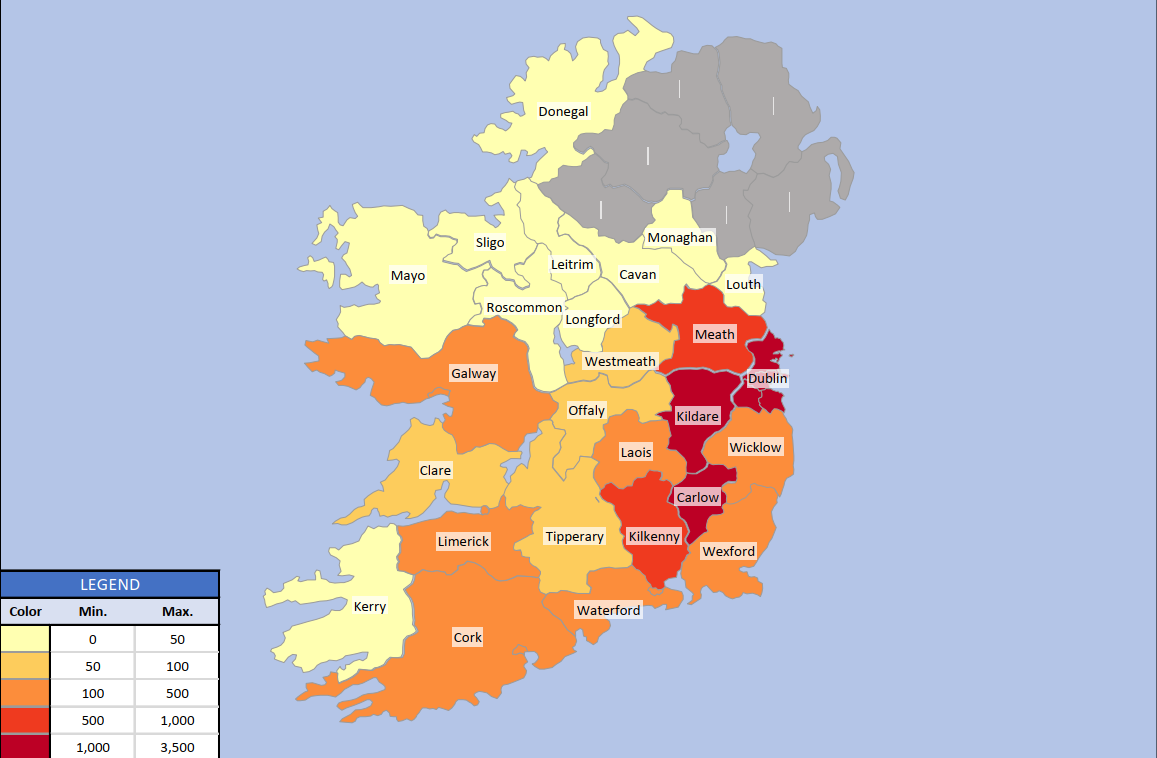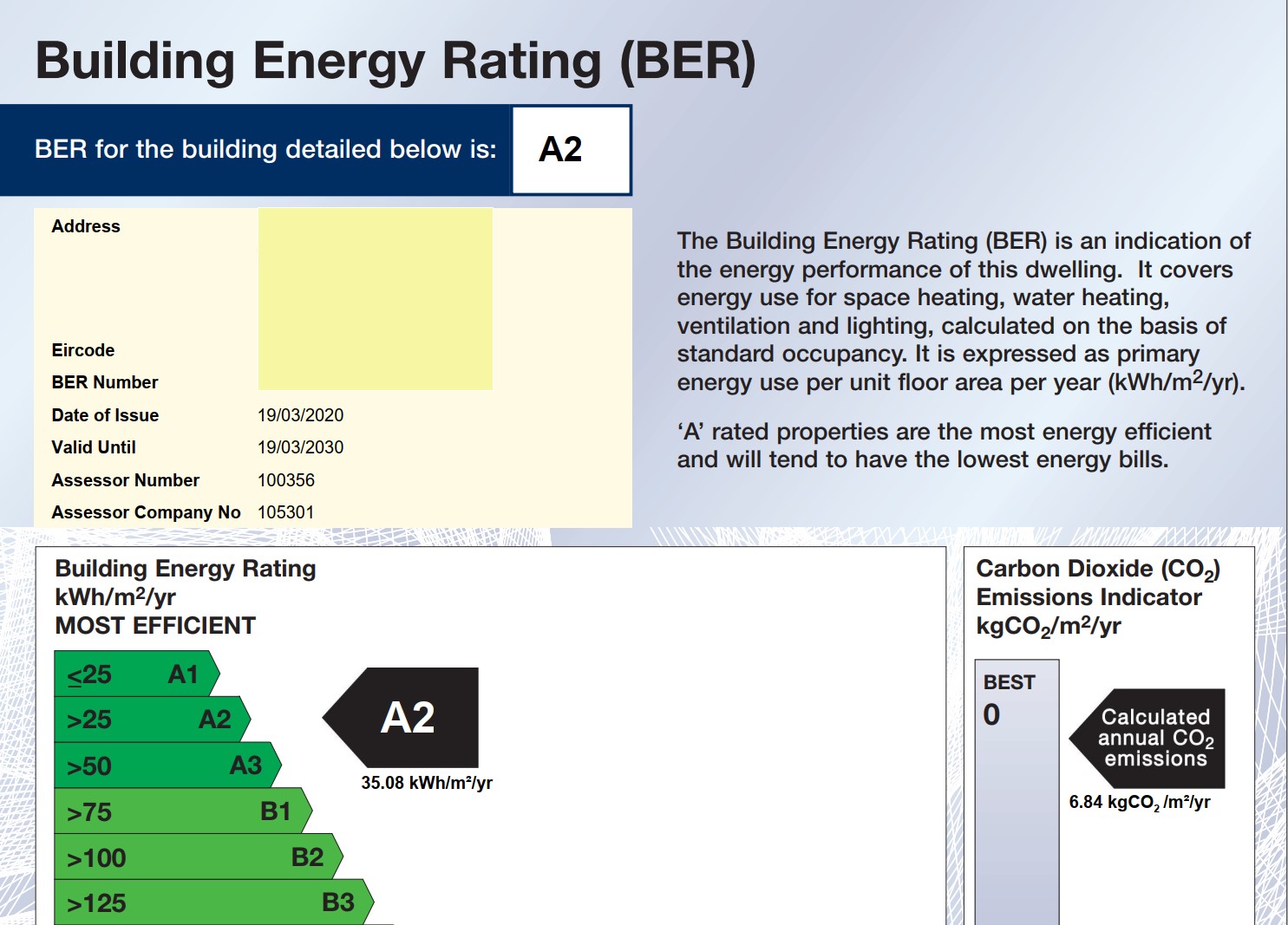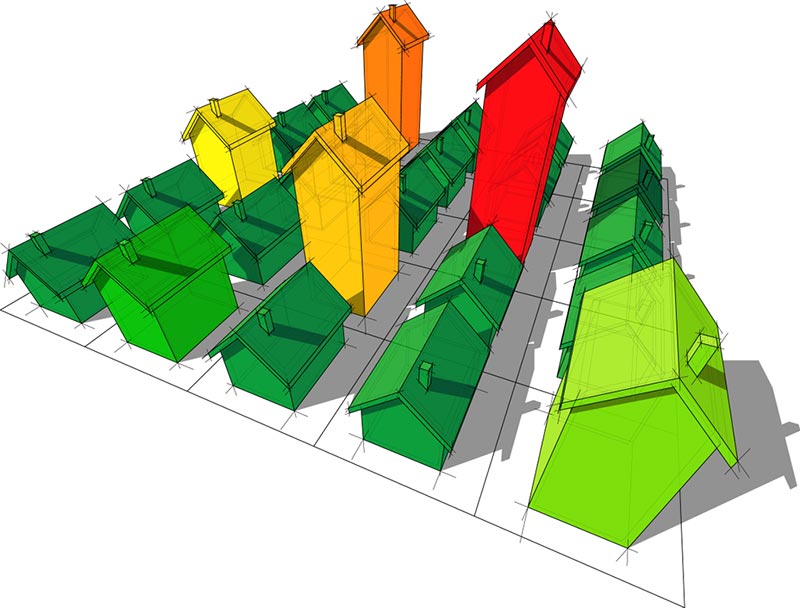Building Energy Rating (BER) Certificate
A BER Certificate is an indication of the energy performance of a home.
BER Certificates completed to date:

When you request a BER cert from 2eva.ie, a member of our extremely skillful team of assessors will make arrangements to inspect your property and perform a survey.
This survey is a detailed energy assessment of the property. The details from this survey are then reviewed and the relevant calculations completed. We are then in a position to issue the BER certificates for that particular building.
A BER certificate will quantify the energy use for space heating, water heating, ventilation, and lighting calculated on the basis of standard occupancy.


A Building Energy Cert is similar to the energy label for a household electrical appliance like your fridge. The label has a scale of A-G. A-rated homes are the most energy efficient and will tend to have the lowest energy bills.
From the 1st of January 2009, a BER certificate became compulsory for all homes being sold or offered for rent. When you are buying or renting a house or apartment, you are entitled to a Building Energy Rating Certificate so ask the seller, landlord or agent to supply it.
A BER Cert is accompanied by an advisory report which will identify how you might improve the energy performance of your home.
When 2eva issue a Certificate to you it is accompanied by our detailed Advisory Report. This report will summarise the various improvements that can be made to your property.
These improvements when carried out would improve the efficiency and energy rating of your property. Once issued, the BER Cert is valid for a period of ten years from the date of issue.
2eva are fully licensed and registered with SEAI (Sustainable Energy Authority of Ireland) to produce BER Certification.
Exemptions from the requirement of a BER certificate
Some buildings are exempt from the regulations and do not require a BER certificate. These include:
- Stand-alone buildings with a total floor area (less than 50m2)
- National Monuments
- Protected structure such as listed or historical buildings
- Buildings used as a place of worship
- Industrial and Agriculture buildings with an installed heat capacity that does not exceed 10w/m2

